11 Mins Read
Is it time to accept that milk may be bad for you, for the planet, and indeed, for the animals? Let’s take a closer look at the industry.
Humans have been consuming animal milk for centuries. In fact, scientists believe that we may have drunk raw milk for the first time 10,000 years ago. But that was the Stone Age, and this is 2022. Now, we can make creamy, nutritious milk products from a range of plant-based ingredients, like oats and coconuts, and for that reason, the dairy-free market is booming.
But it’s not just the intriguing appeal of new choices that have people turning away from dairy. A growing body of research confirms that animal agriculture, which includes the dairy industry, is detrimental to the environment. Some studies have also associated milk with an increased risk of disease, and due to lactose intolerance, a significant percentage of the population can’t even digest it without painful symptoms.
On top of all of this, the way we farm cows raises serious animal welfare concerns. So, is it time to accept that milk may be bad for you, for the planet, and indeed, for the animals? Let’s take a closer look at the industry, starting with its complicated (and sickness-ridden) journey to reaching the size it is today.
A brief history of milk
As babies, most humans produce lactase, an enzyme that helps to break down a type of sugar called lactose, which is prevalent in animal milk and human breast milk. But around 3,000 years ago, some humans developed the “milk gene.”
Developing the ‘milk gene’
The milk gene refers to lactase persistence. Essentially, some humans started producing the enzyme all their lives. Before that, pretty much everyone who drank milk likely suffered from uncomfortable and painful symptoms.
Today, lactase persistence is only common in people of European ancestry, as well as some people from the Middle East, Africa, and Southern Asia. But it’s not widespread: between 65 and 70 percent of the global population remain lactose intolerant. Despite this, however, over the centuries, dairy consumption has persisted, likely because thousands of years ago, the reward (not starving) outweighed the risk (a painful stomach).
However, by the 1800s, the industrialized dairy industry we know today was starting to take shape. As people started breeding cows specifically for milk production, the industry was starting to become less about survival, and more about profit.
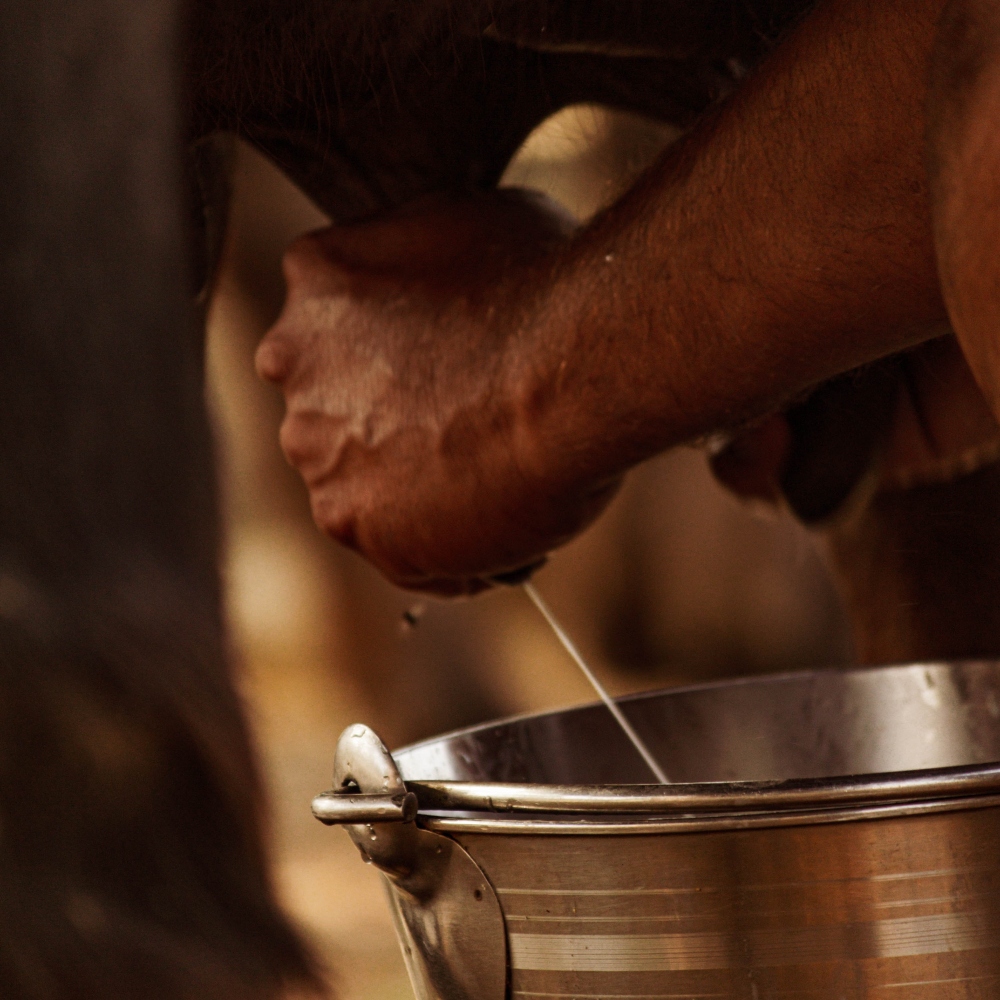
Milk and disease
Lactose intolerant or not, milk has made many people sick throughout history. And that’s because when raw, milk carries bacteria like Listeria, Salmonella, and E.coli. In fact, research suggests humans are 840 times more likely to contract a foodborne illness from raw milk.
But in the US, in the 1800s, humans made the problem worse by giving cows waste from alcohol distilleries. According to Atlas Obscura, the whiskey business was seeking to generate extra profit from selling its leftover grain to farmers. But the waste feed made the animals sick and resulted in milk that was so bad the humans who drank it kept getting ill too.
At the time, diarrhea from drinking so-called “swill milk” reportedly killed nearly 8,000 babies a year.
Pasteurization & the US government
In the 1860s, things started to change when Louis Pasteur invented pasteurization. The thermal heating process killed disease-causing germs and made milk far safer to drink. By the end of the century, pasteurization machines had been introduced. And by the time the 1900s rolled around, the stage was set for milk to become big business.
Now safe from deadly bacteria, people started to drink more milk for its alleged nutritional value, as it contained calcium, fat, protein, and carbohydrates. During the first world war, the US government started sending powdered and canned milk to soldiers, causing farmers to ramp up production to new levels.
The war finished, but farmers were still producing so much milk; it had become their sole focus and income. So the government attempted to support them and reduce waste by creating programs in the 1940s like the Federal Milk Program for Schools and the National School Lunch Act, setting the tone that milk was essential for children’s nutrition.
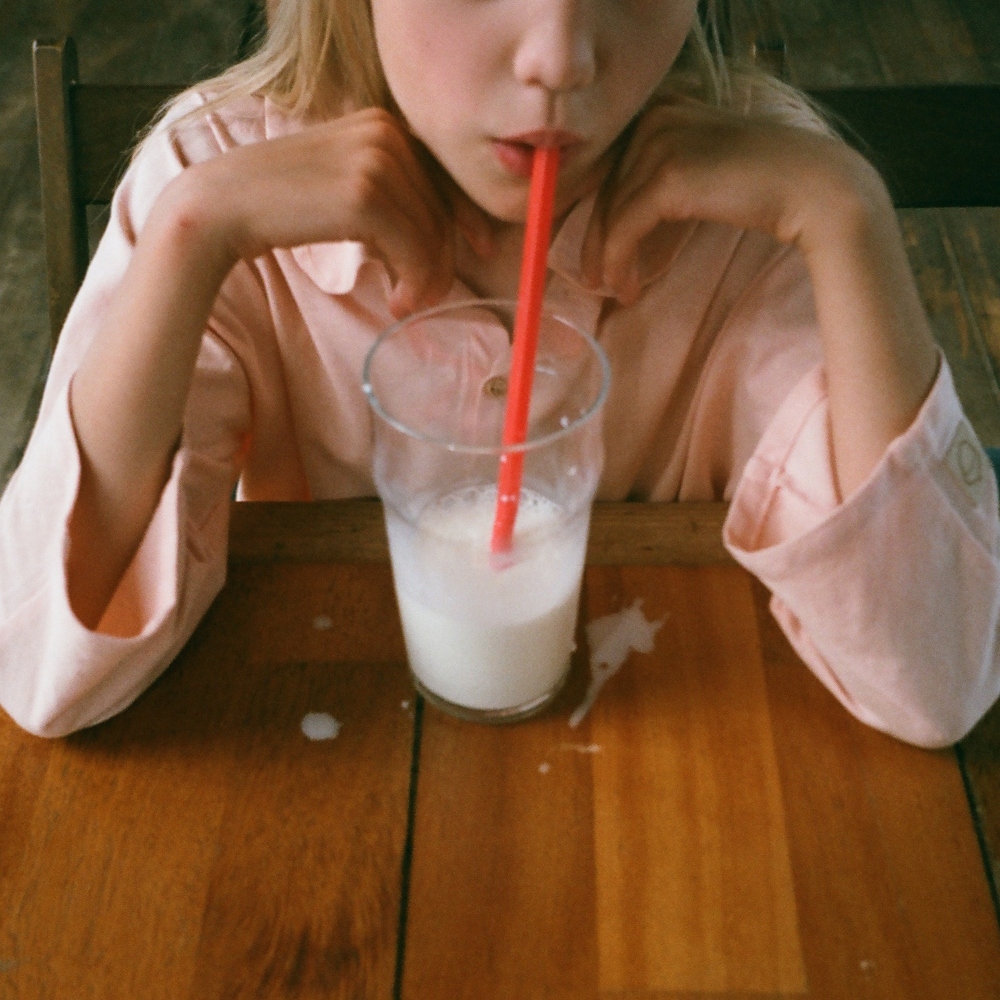
This was the start of a long relationship between the US government and the milk industry, with campaigns constantly trying to get people to drink more milk to prevent waste.
Outside of the US, the dairy industry has also grown bigger and bigger over the years. Today, the global market is worth more than $871 billion. Behind India, the US produces the second-largest amount of milk in the world.
But waste persists, because, despite the fact that milk has been a society staple for thousands of years, demand is now dropping. People are drinking less milk than in the 20th century, and this has resulted in acts of milk dumping. In 2016, the US dairy industry ditched 43 million gallons of excess milk.
People are cutting out dairy for all sorts of reasons, but the top three are the environment, animal welfare, and health.
Milk and health
Nowadays, pasteurized milk is much safer to drink than raw milk. But its consumption is still linked with health risks. It is a source of saturated fat, for example, high levels of which may increase the risk of heart disease. Further, some analyses and research have also associated milk consumption with an increased risk of breast cancer and prostate cancer.
But by far the most common health concern with milk is the problems caused by lactose intolerance.
European countries have the highest population of people that can process lactose. In the UK, only eight percent of the population has lactose intolerance. In Denmark, it’s four percent, and in Sweden, it’s seven percent. But in the US, roughly 36 percent of people have lactose intolerance. In Australia, it impacts 44 percent of the population. In China, it affects 86 percent. And in Ghana, it’s estimated to affect 100 percent of the population.
Symptoms caused by lactose intolerance are painful and uncomfortable, they can include nausea, vomiting, diarrhea, bloating, stomach cramps, and persistent gas.

Milk allergies
Some people aren’t just intolerant to milk, but allergic. Allergies are far more serious than intolerances, and symptoms can range from hives to stomach aches to anaphylaxis, which can be fatal.
According to Food Allergy Research and Education (FARE), while many will eventually grow out of it, cow’s milk allergies are common in babies and young children in the US. In the UK, milk allergies affect seven percent of babies under the age of one.
Factory farming
Health issues aside, there are also major ethical problems with the way we treat cows for milk production.
There are roughly 264 million dairy cows alive in the world today, and many of them are subjected to factory farming conditions. In the US, one 2019 study suggested that 99 percent of all farmed animals live on factory farms. Another recent study noted that there are more than 1,000 mega-farms in the UK. In China, reports indicate there are more than 60,000 factory farms in the country.
These industrialized farming operations see thousands (and in some cases, millions) of animals packed tightly together, with little room to move or express their natural behaviors.
In the case of the dairy industry, cows on factory farms are often kept indoors in crowded conditions for most of the year. They are artificially inseminated (because a female cow needs to be pregnant to produce milk), and when they give birth, their calves are taken away within a few hours, before the cycle begins again.
According to Compassion in World Farming, dairy cows must give birth once a year to produce milk for 10 months. Female calves remain in the dairy industry, while males are often sold to the veal or beef industries to be slaughtered for meat.
Dairy and the environment
Dairy production is a major part of animal agriculture, which, as a whole, is widely considered bad for the environment.
The entire livestock industry emits 14.5 percent of global greenhouse gasses, according to the United Nations. Cows, in particular, are responsible for high levels of methane, a greenhouse gas more than 25 times as potent as carbon dioxide. Over the course of one year, just one cow can burp roughly 220 pounds of methane into the atmosphere.
Dairy is also linked with deforestation. Nearly 80 percent of the world’s soy production goes to feeding farm animals, including dairy cows. But the crop’s cultivation is linked with rainforest destruction. A report from the World Resources Institute last year found that between 2001 and 2015, 8.2 million hectares of forest were chopped down for soy production. (Beef production was the leading driver of deforestation, with more than 45 million hectares destroyed in the same period.)
Water pollution is another major environmental issue associated with the dairy industry. This is largely to do with the amount of nitrogen in the cow’s manure, which runs off into surface water. From there, it finds its way into surrounding rivers and waterways, where it can cause extremely toxic algae blooms. These blooms pose a threat to fish and underwater ecosystems, but also to the people who rely on these waterways for fresh drinking water.
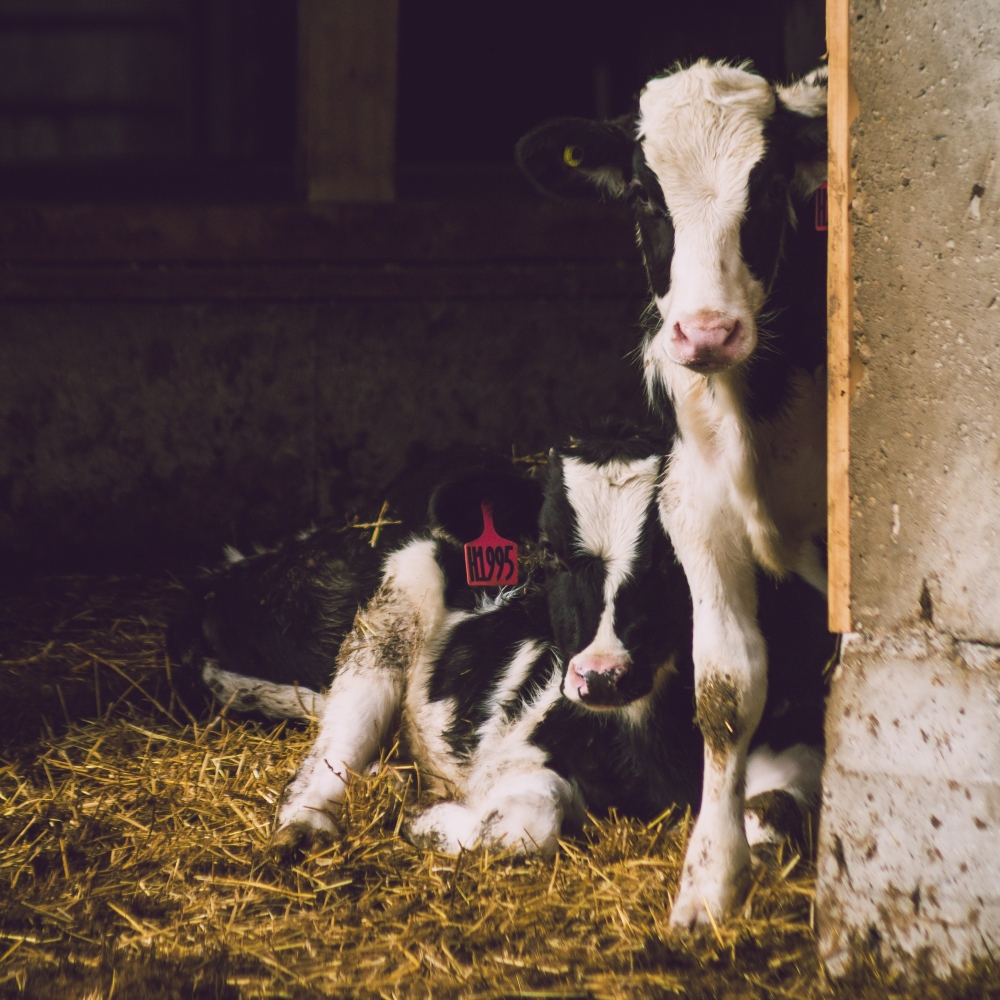
Best milk alternatives
There are so many reasons to avoid drinking cow’s milk, from lactose intolerance to poor animal welfare to methane emissions and the destruction of the rainforest. But skipping out on dairy doesn’t mean missing out, because the plant-based milk market is growing.
By 2029, the entire dairy alternatives industry is set to exceed a value of $61 billion, but it’s already reached more than $25 billion. This means there are a wealth of dairy alternatives available, including different types of milk.
Here are a few of the most common varieties and which brands you can buy them from.
1. Oat milk
Thanks to its creamy texture, oat milk is one of the most popular plant-based milks of the moment. It’s particularly effective in lattes and cappuccinos, as it foams up just like its dairy counterpart. It’s also nutritious and better for the environment—drinking one glass of oat milk a day results in 65 kilograms of greenhouse gas emissions, whereas the same amount of dairy milk produces 229 kilograms.
Oatly, which is available in markets around the world, including Hong Kong, is one of the biggest oat milk brands on the market. Other popular oat milk brands include Oatside, Planet Oat and Minor Figures.
2. Soy milk
Soy milk is one of the original dairy-free milk options. The nutritional value of soy depends on the supplier, but generally, it’s a good source of protein, vitamins, and minerals. Again, the carbon footprint of soy is lower than dairy. Drinking one cup a day contributes 71 kilograms of emissions.
Soy milk is available from most dairy-free brands, but the biggest suppliers include Organic Valley, Alpro, Eden Foods, Pureharvest, and Vitasoy.
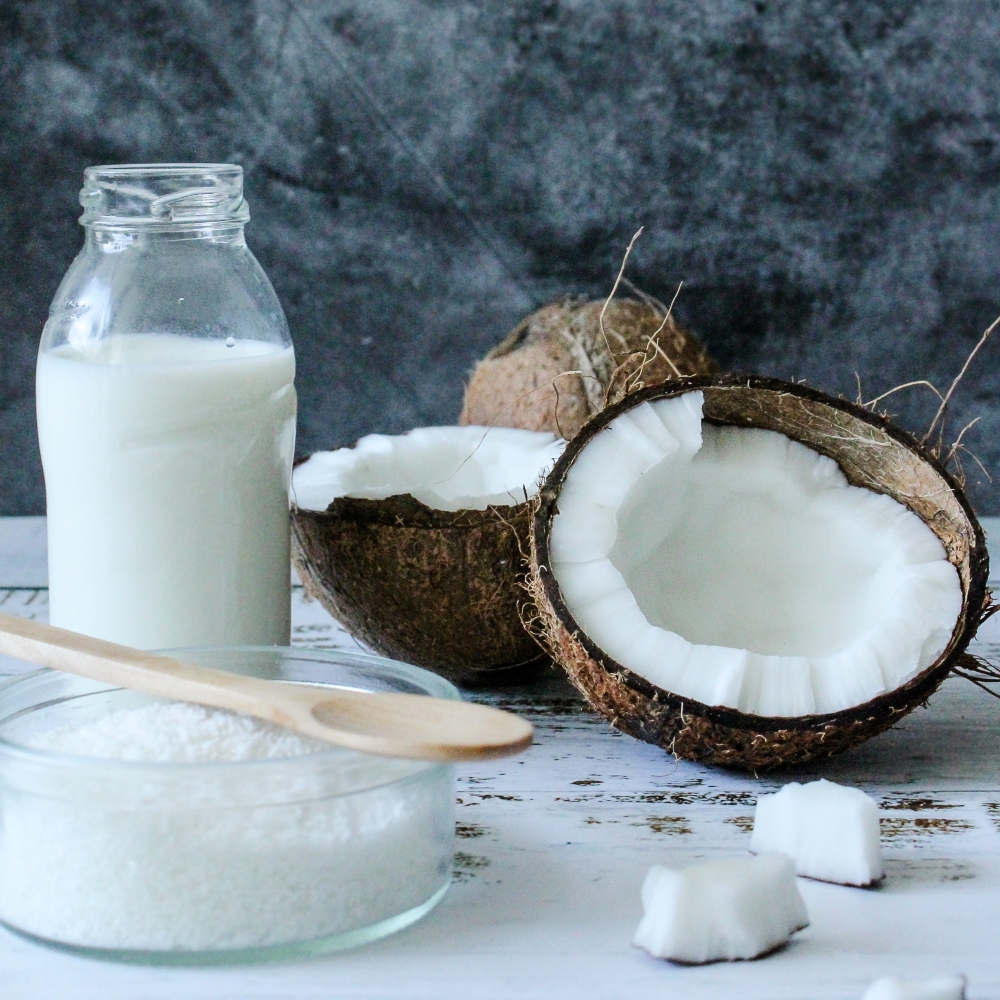
3. Coconut milk
Coconut milk is often drunk for its health benefits; its rich in potassium, phosphorous, and magnesium. Because of its creamy texture, it is an easy replacement for cow’s milk in coffee, for example, as well as pasta sauces and curries.
Popular coconut milk brands include Rude Health, Alpro, and Koko.
4. Almond milk
In terms of the environment, almonds have a bad reputation because of their water use. It’s true that they do have a bigger water footprint than other plant milk, but they’re still better than dairy. If you drank one cup of almond milk a day for one year, this would require more than 27,000 liters of water. But the same amount of dairy requires more than 45,000 liters. Almond milk’s carbon footprint is also significantly lower, at 51 kilograms of emissions per year.
Almond milk’s pleasant nutty taste makes it a great addition to lattes and dessert recipes. It’s also low in calories, and it’s rich in vitamin E.
Popular almond milk brands include Califia Farms, which sells in several markets, including the US, Hong Kong, Australia, the UK, and Canada, as well as Blue Diamond, which is the world’s biggest almond handler and sells products in more than 80 countries.
5. Pea milk
Pea milk is less common than many of the other plant-based alternatives on this list, but the market is growing fast. Peas are good for the environment, as they require very few resources to grow, plus they are a good source of protein.
One of the biggest and most well-known pea milk brands is Ripple Foods, but others are emerging too. In the UK, the Mighty Pea milk brand raised more than £1 million in funding in 2020.
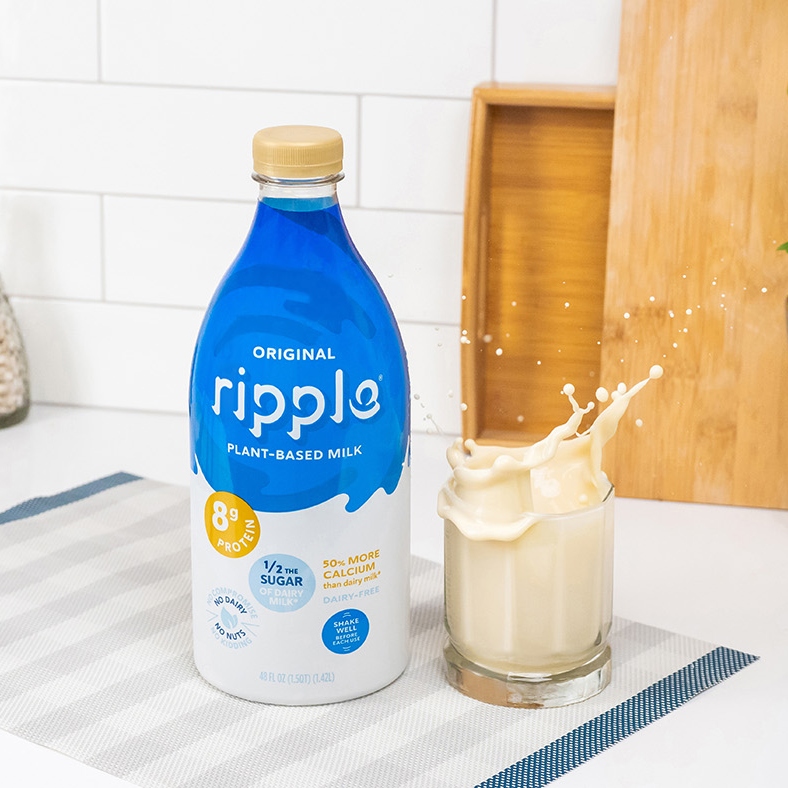
6. Rice milk
Rice milk is also known for its nutritional value, as it’s rich in vitamins like B12 and D, as well as calcium. Its cultivation is also more environmentally-friendly than dairy, with a lower carbon and water footprint.
A number of popular vegan brands offer rice milk, including Rude Health, Pacific Foods, Vitasoy, Good Karma, Monsoy, and, in Hong Kong, Ricepathy.
7. Macadamia milk
One brand has cornered the market on macadamia milk, and that’s Jindilli Beverages. Based in Australia, but headquartered in the US, the company creates a vegan milk product from macadamia nuts called Milkadamia. Because macadamia farming sequesters carbon, the process of making Milkadamia is good for the planet, and it’s also good for our bodies, as it contains fatty acids like omega-3 and omega-6.
Milkadamia products are available in supermarkets in North America and Europe, but they can also be bought from online retailers like Amazon and The Store Hong Kong.
Lead image courtesy of Canva.



